
Measuring about 150 feet in diameter and weighing 300,000 tons, it entered the Earth’s atmosphere at an altitude of 60 miles where the intense heat of atmospheric friction and compression caused it to glow. As its surface heated to 5000°F. (twice the melting point of iron), it began to melt, vaporize and fragment. Seconds later the remnants of the asteroid, preceded by a monumental atmospheric shock wave, slammed into Earth.
THE CRATER
At the time, no humans were around to witness the impact. But today a quarter-million people each year visit the Arizona Meteor Crater, which is located in northern Arizona 35 miles east of Flagstaff and just south of the “Meteor Crater” exit on Interstate 40.
Seen from a distance, the crater rim appears as a barely noticeable low ridge. But from atop the rim, the view into and across the crater dramatically conveys the cataclysmic nature of the event that created it—a meteoric impact that released the energy of a 20-megaton hydrogen bomb.
This impact instantaneously ejected some 175 million tons of limestone and sandstone, leaving a crater three-quarters of a mile in diameter, a rim rising 200 feet above the surrounding plain, and a crater floor extending 700 feet below the plain. Erosion has since reduced the rim’s height by about 60 feet, while sedimentation has filled in 100 feet of the crater floor.
A WOULD-BE IRON MINE
This story is from the September 2023 edition of Rock&Gem Magazine.
Start your 7-day Magzter GOLD free trial to access thousands of curated premium stories, and 9,000+ magazines and newspapers.
Already a subscriber ? Sign In
This story is from the September 2023 edition of Rock&Gem Magazine.
Start your 7-day Magzter GOLD free trial to access thousands of curated premium stories, and 9,000+ magazines and newspapers.
Already a subscriber? Sign In
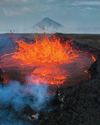
THE BRIGHT SIDE OF VOLCANIC ROCK
As a mineral resource, volcanic rock is decidedly short on glamour.
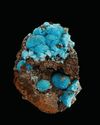
The Other Copper Minerals
12 Lesser-known Collectible Species

MINERAL COLLECTING -AND ROCK & GEM
Evolving Together FOR 54 YEARS
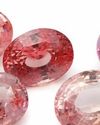
Gemstone Trends
A Look Back at 2024 & What to Expect in 2025
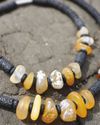
How to Make a GEM BEAD NECKLACE
No Lapidary Experience Needed!
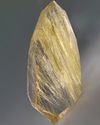
Framing Nature's Art
Faceting Rutilated Quartz for Beginners
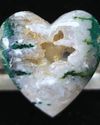
BEDAZZLED BLUE SEAM AGATE
More than several centuries ago, mining was the profession most often seen as befitting of men.
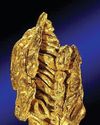
ROCK & GEM FIELD GUIDE:
Spinel is a captivating gemstone with a rich history of being mistaken for gems like ruby and sapphire.
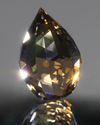
SNAKE SCALE DROP 1.5:1
This Faceting Focus is revisiting the briolette gemstone design because of its popularity with independent and hobby gemstone faceters.

STONE CHIC
How Earth-Inspired Decor Brings Comfort to our Home